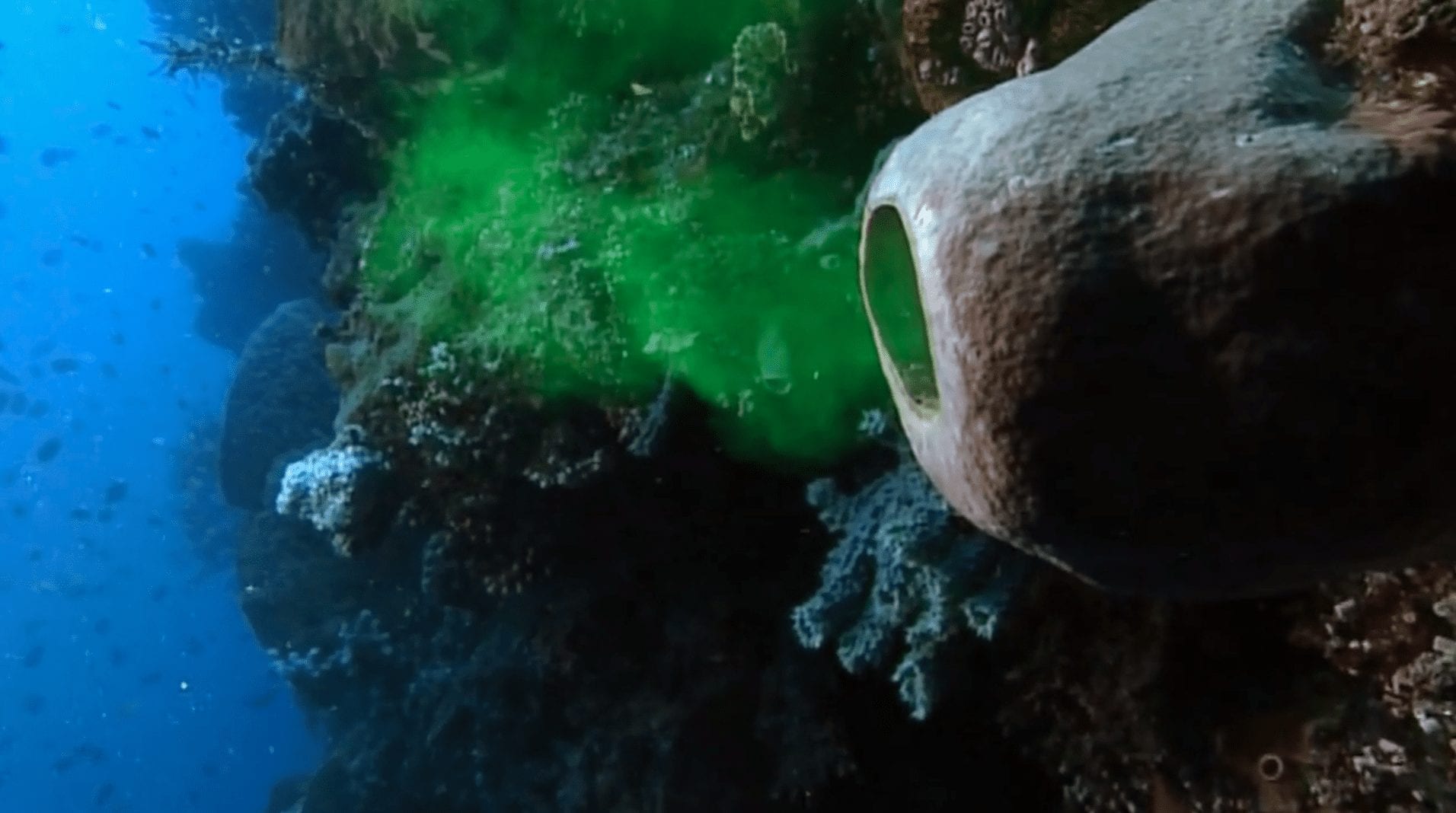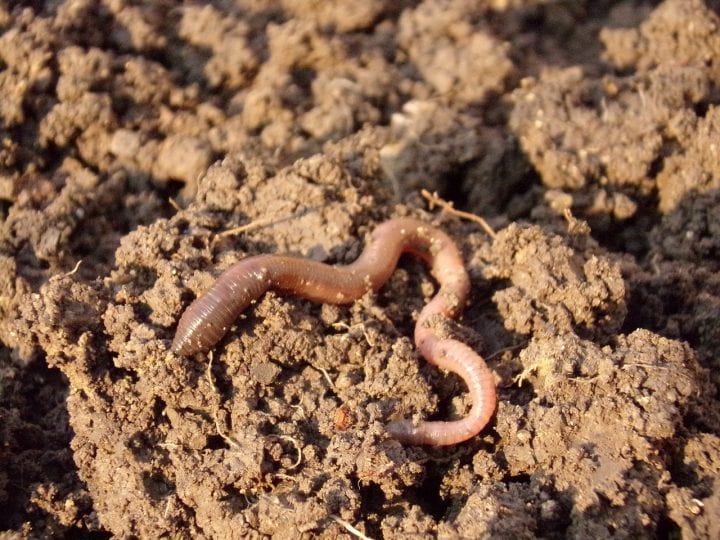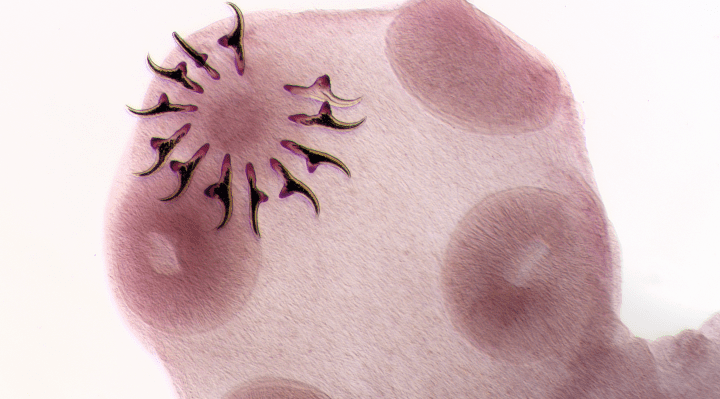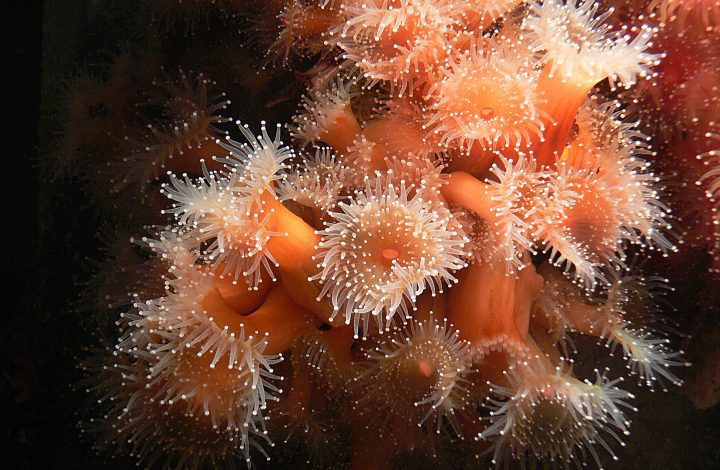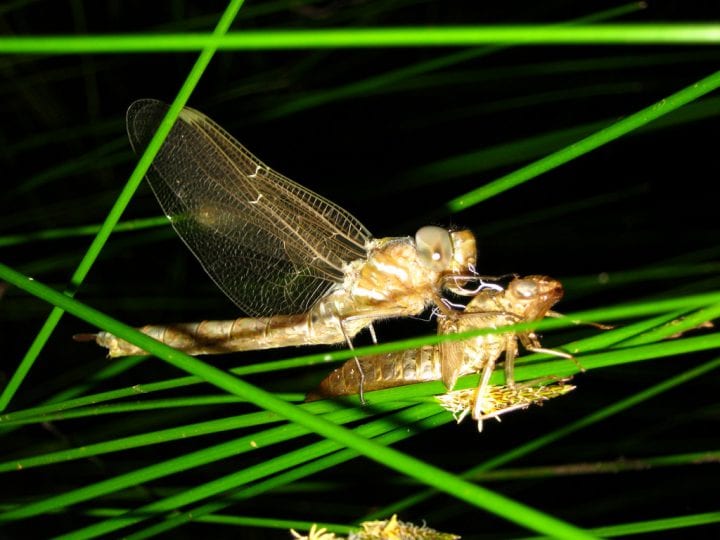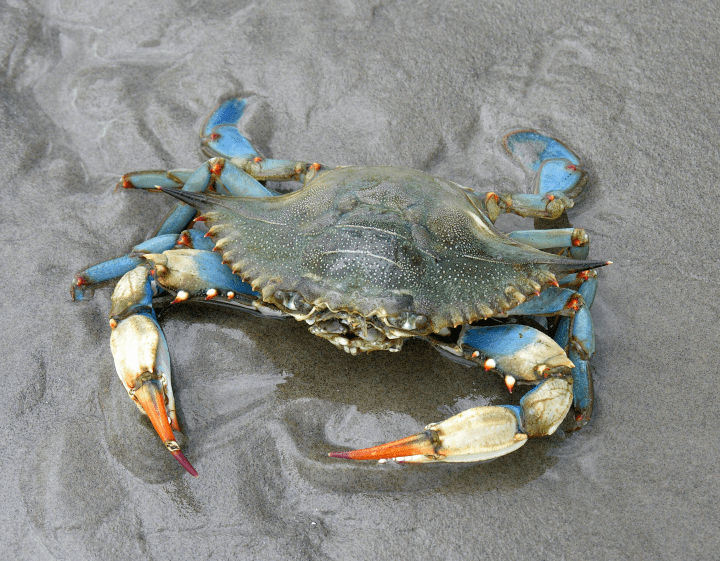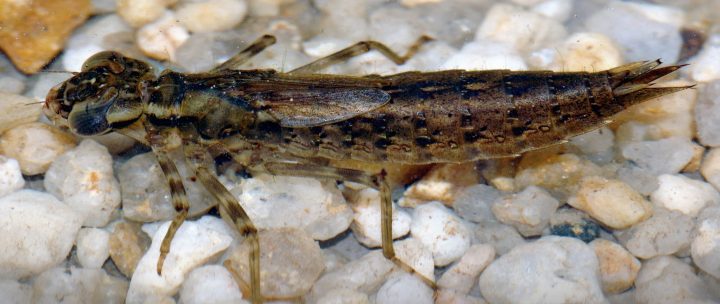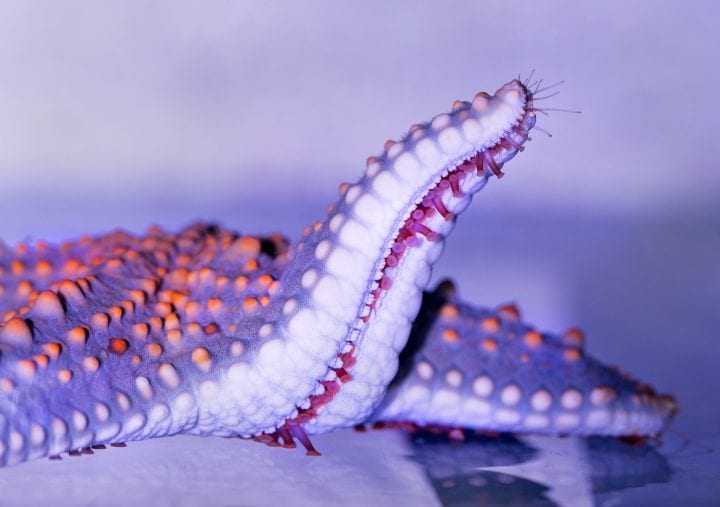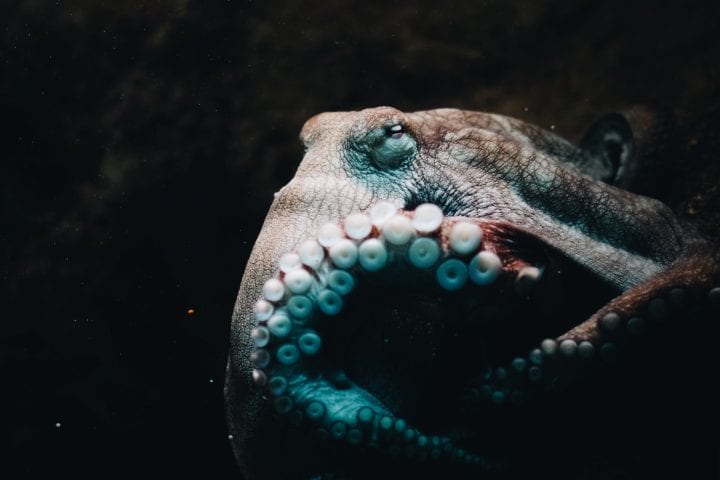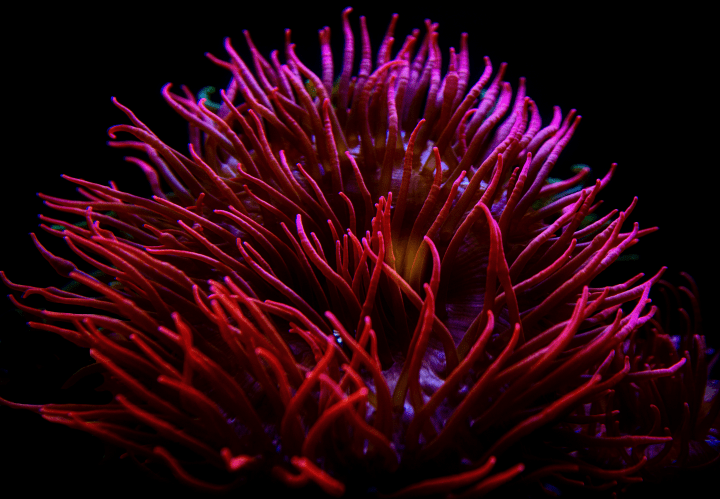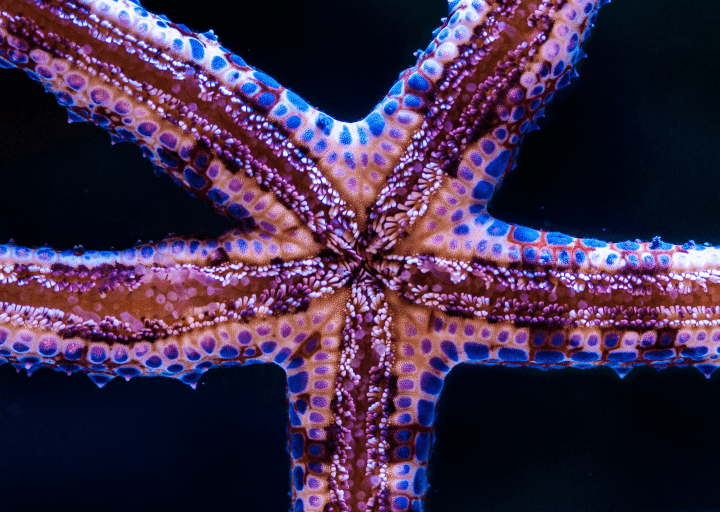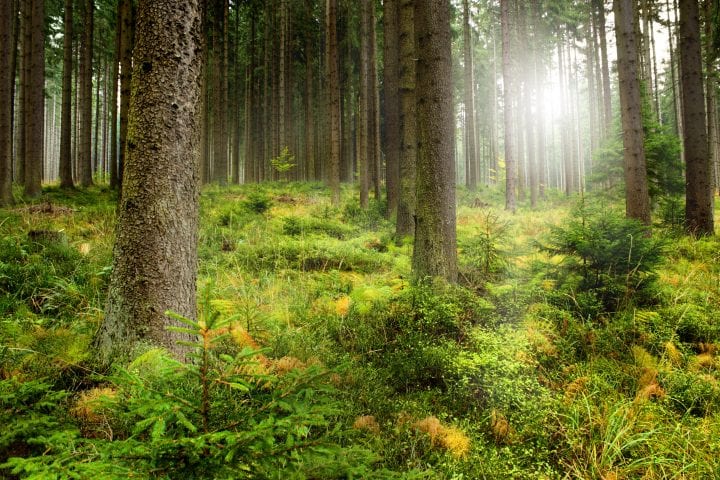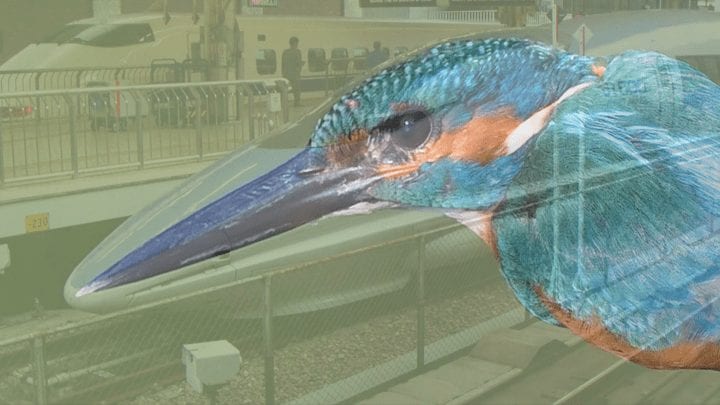This lesson, with eight short videos, examines how animals have solved engineering problems and how humans have mimicked those solutions. This lesson addresses middle and high school Next Generation Science Standards in Life Sciences and Engineering Design
Objectives
- Students will observe, discuss and think critically about videos that describe animal solutions to life challenges.
- Students will identify a comparable human problem and engineering solution that could be inspired by the animal’s solution.
In this lesson, which can occupy 1—1.5 class periods, students watch eight short videos and observe animals’ s to survive. They then think about the function of those adaptations and come up with engineering problems that could be solved based on what they learned from the animal.
This lesson should follow an introduction to including examples of how engineers or designers have applied what they learned from nature to create a new or improved solution to a problem.
There are eight different video clips used in this lesson:
- Sponges: Filter Feeding Made Visible (2:17 minutes)
- Sponge Animation: Wild Ride Through a Sponge (2:19 minutes)
- Cnidarians: Deep Sea Research (8:39 minutes or go from minute 2:00 to 3:10)
- Flatworms: The First Hunter (9:54 minutes)
- Annelids: Abarenicola, Burrowing Worm (2:38 minutes)
- Arthropods: Blue Crab Molting (2:24 minutes)
- Molluscs: Nautilus Regulates its Buoyancy (1:54 minutes)
- Echinoderms: Sea Star Time Lapse: Eating Mussel (2:47 minutes)
This lesson addresses Next Generation Science Standards MS-ETS1-1 and HS-ETS1-2.
